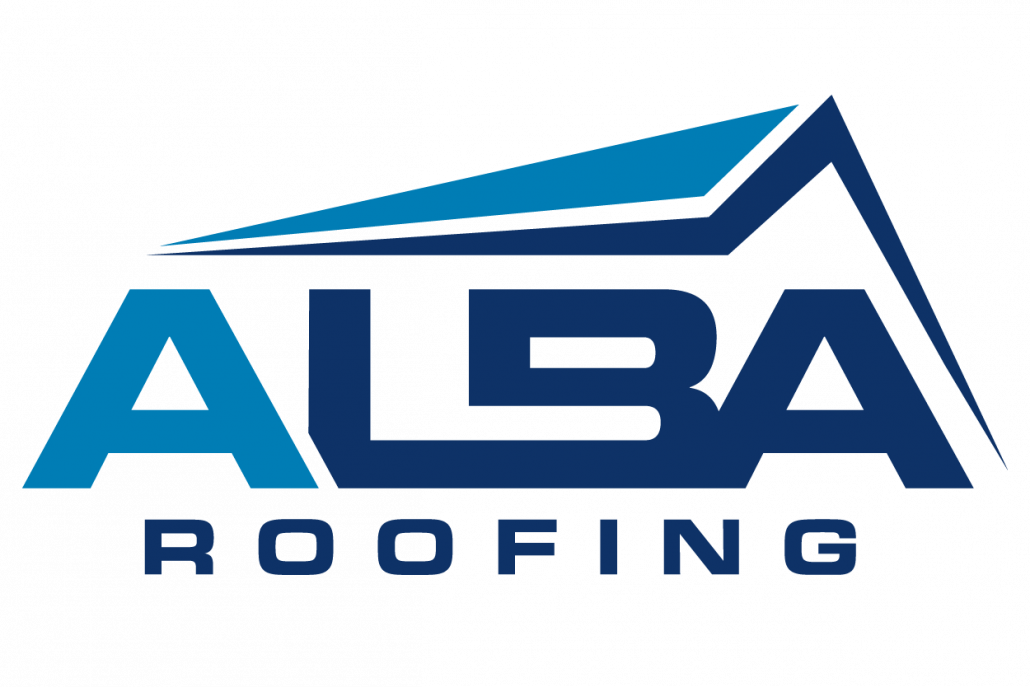Regular Inspection
This is necessary because it lets you know the condition your roof is in. Regular inspections will turn up damages, rots or structural problems. Check both roof and any ceilings that are in direct contact with the roof i.e. attic ceilings. On the roof itself, look for any debris, missing shingles, loose flashing, blocked vents. You don’t have to climb the roof but a good pair of binoculars should enable you to make inspections safely.
Once a year, go up there and walk around – look for telltale signs of dry rot and wetness. Soft spots mean dry rot and dark spots mean moist. Mold is another thing to look out for. If your roof has it, arrange for the mold to be removed immediately by a professional. Mold can corrode roof material overtime and decrease the life of your roof.
